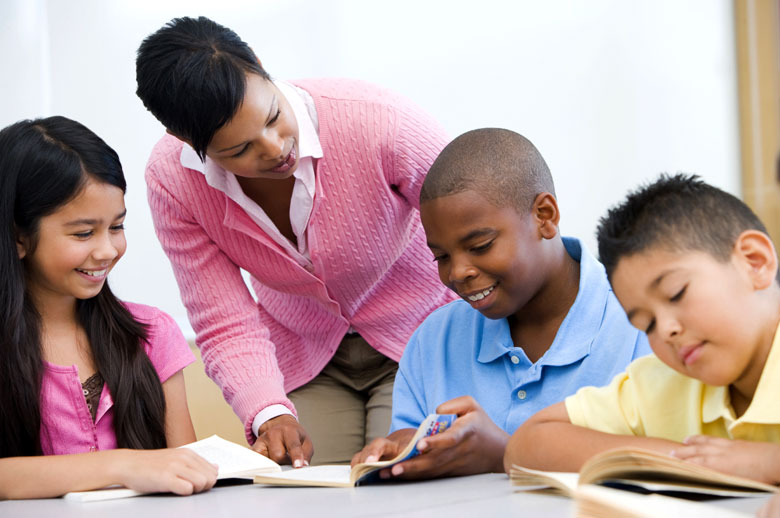Control vs. Commitment

The news is full of stories these days about school discipline. How do educators maintain order so learning may occur? It’s a complex subject. Here are some thoughts from our book, Schools of FISH!:
In 1977, psychologist Carl Rogers described the traditional classroom: “The teachers are the possessors of knowledge, the students the expected recipients; the teachers are the possessors of power, the students the ones who obey.”
We adults spend a lot of time in school teaching students about the strengths of democracy: freedom, choice, and responsibility. We tend to spend less time providing them opportunities to practice those skills—the same skills they need to become successful citizens and parents. As the poet John Keats noted: “Nothing becomes real until it is experienced.”
“It seems to be an oxymoron,” researchers Mary McCaslin and Thomas Good note, “a curriculum that urges problem-solving and critical thinking and a management system that requires compliance and narrow obedience.”
This strategy of showing kids “who’s in charge” often forces them to choose between being robots or rebels. Some kids withdraw from academic participation altogether. Others negotiate a live-and-let-live relationship where they agree not to disrupt the classroom as long as they are left alone. Even high achievers sometimes join in text-burning parties at the end of the year or use words like “escape” to describe their feelings about school.
Many educators continue to push total control because it was the way they were taught. When pressed, however, these same teachers admit that this approach is as unsatisfying as when they were students. It is no more fun to control than to be controlled.
Breaking the chain
So how much control should a teacher give students? One way to start is to ask yourself, as Kohn suggests, “What do you want your students to be like, long after they’ve left you?” Most of us would say caring, responsible, independent, and creative—not docile, compliant, and unquestioning.
It’s helpful to think about roles, not just rules. Some teachers use The FISH! Philosophy to spark discussion about what each member of the classroom wants the culture to be, and the role each plays in creating such a place. These discussions become the foundation of a social contract in which each person is accountable to everyone else for his or her behavior. As teacher Jason Pelowski says, “It’s not my control. It’s not their control. It’s our control.” In this environment, the FISH! principles are important life skills to work on, not rules to work against.
It’s often as frightening for students to accept control for their part in the classroom as it for teachers to give them the opportunity. Having been given little practice in making such choices, they don’t always know how to respond. But students don’t have to become totally independent overnight; we can help them learn gradually, as with math or any other subject.
There is the chance that, given the choice, kids will at times choose the opposite response of the one we want. But with accountability, patience, and respect, chances are most kids will arrive at the same place we’d like them to be. And when they get there, they’ll be even more committed to their choice because they made it, even if the path wasn’t always a straight line.
There will be times, Kohn admits, when teachers need students to just do what they say. But, he adds, students are more “apt to trust . . . and to go along if blind obedience is the exception rather than the rule.”

